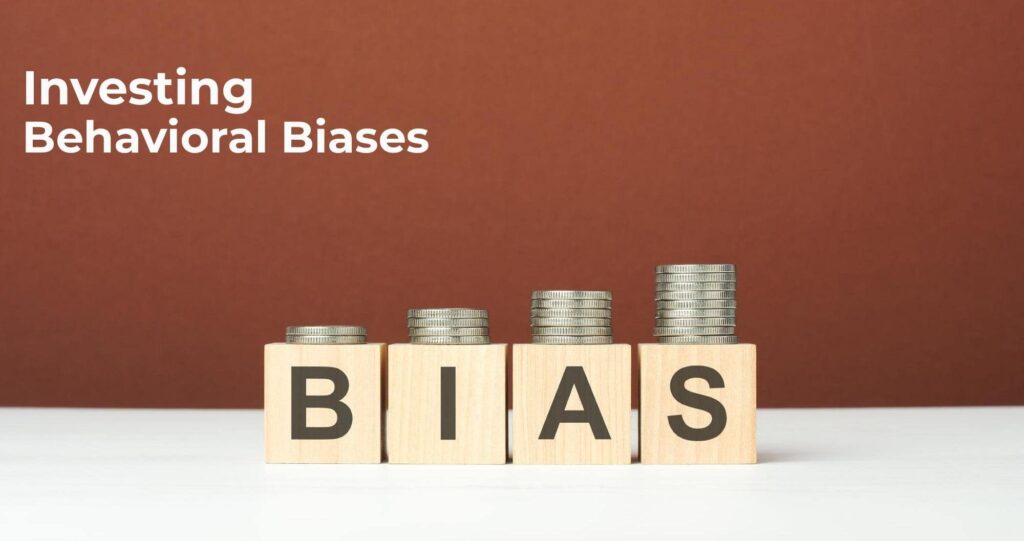Behaviorism could be a theory of learning that supported the concept that everyone’s behaviors are acquired through conditioning. Conditioning occurs through interaction with the environment. It is believed that our responses to surroundings stimuli in designing our acts. Behavioral psychology is that the root of each financial decision we make. The thought behind behavioral psychology is to work out the way to convalesce using psychological factors that help in making the right financial decisions.
Behavioral finance is a core of study focused on how psychological influences can affect market outcomes. Behavioral finance is often analyzed to know different outcomes across a range of sectors and industries. One of the key aspects of behavioral finance studies is the influence of psychological biases.
Many behavior psychologists have focused on the concept of thinking fast and slow. The brain works on two approaches to processing information – approach 1 and approach 2. Approach 1 is fast, automatic, instinctive, and emotional. In which decisions are made at the spur of the instant. While approach 2 is slow, effortful, deliberative, and logical. Most of the issues in life arise due to the gap between these two approaches. Rather than using the second approach investors are often found using the first approach.
Irrational decisions arise from mental shortcuts which are thanks to cognitive limitations, imperfect information, and time constraints. Mental shortcuts lead to quick decisions and conserve time, energy and energy. However, it’s downsides when applied within the financial domain.
The human brain isn’t wired to reply to financial markets differently which is why investors tend to carry on to losers, concentrated portfolios, overtrading, investing in additional ‘recognizable’ names, and impulsive reactions. With this in mind, the concept of 3Bs i.e. Biases, Behaviors, and Blind spots that any investor must bear in mind.
Biases are mental stumbling blocks that subconsciously affect financial decisions. Overconfidence can be one such peril. Research shows overconfident investors tend to transact more and have concentrated portfolios as they’re sure they’ll catch on right.
Behaviors are the preferences that shape individuals’ financial choices and outlook. for instance, loss aversion is where losses hurt quite gains of an identical nature. Though the price is the same, their impact is different.
Blind spots are the vents between what investors think they know and what they really know. Such as, presuming financial mastery. However, there’s no harm in admitting limited financial knowledge. Investors should approach financial advisors for their expertise. We totally believe that adopting some behavioral attitudes can help to become better at investing.
Life is non-deterministic i.e. what we predict will happen obviously might not happen. Be actively open-minded i.e. be able to change your initial hypothesis, get conflicting information and give some thought to it with an open mind. The need for cognition requires spending a bit longer in making decisions instead of rushing into it. Cognitive updates require peeping into fresh information move carefully. If something is just too good to be true it requires caution.
Additionally, maintaining an investment journal helps in improving the standard of choices over time. Investors should write down why they’re making a selective investment decision today. Recording and analyzing help in understanding decision-making patterns and reducing negative outcomes.






